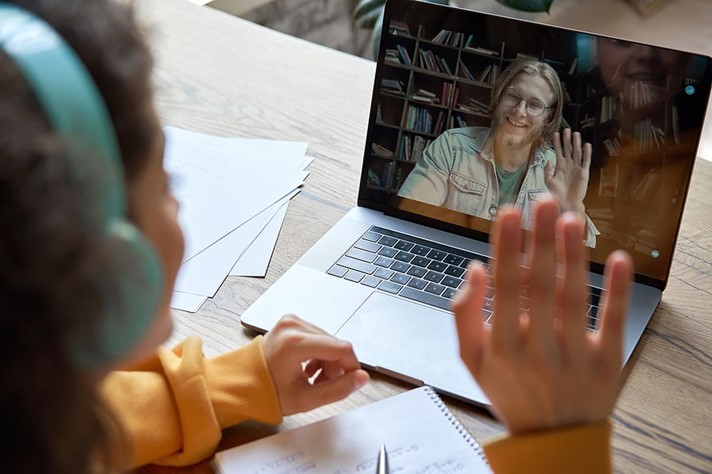How You Can Use Technology to Improve Your Learning

Thanks to several advancements in learning programmes, using technology in learning has never been easier. Because new technologies make it possible for classes to be more interactive, it’s now easier to replicate learning environments where students can learn, do projects, receive feedback, and build knowledge within the digital space. For example, an online tutoring service leverages technology to improve students’ learning with personalised study plans. Students can gain access to innovative learning experiences, which can take place anytime, anywhere, allowing them to learn better.
Book Your Free Assessment Today
Messaging tools for effective communication
Blended learning doesn’t guarantee effective learning. Sometimes, technology can also hinder learning when students fail to connect with the class on a personal level. Utilising secure messaging apps is an excellent way to improve communication. Teachers and students can connect through these apps as an alternative to email. Students can get the materials they need, ask questions to their teachers, and receive feedback when they need it. The goal is to create a safe space for students and teachers to interact, just like in a traditional classroom set-up. This will help students to meet the demands of school.
Digital learning space for collaboration
New technologies provide opportunities to create new learning spaces that are more collaborative. Rather than utilising one-way communication media, digital learning platforms such as Google Classroom make it possible for teachers to provide resources and utilise digital tools housed in one collaborative learning space.
Online active participation
Many apps can help students become more proactive during class. While there are traditional tools to respond to a question, there are ways to participate in the discussion that go beyond class time and space. Students can post images, record audio, and upload a video as a way to respond innovatively to a class. Students can also create digital portfolios or multimedia presentations that make room for them to explore their creativity. These tools help promote meaningful discussions, encourage students to share ideas, and enable students to interact on a global level.[
New technologies for better visualisation
There are a variety of platforms that create a visual representation to improve students’ learning, such as a Canva, Piktochart, and more. New technologies can help students visualise difficult-to-understand concepts, increasing their understanding of various information and content. Through maximising tools that enable effective presentation, students become visual learners, enabling them to retain information in a more authentic way.
Interactivity is key
When using technology for learning, interactivity is a crucial feature because it allows students to test ideas, revisit subjects, and receive feedback. By establishing a specific location for students to access class resources, complete assignments, ask questions and receive feedback, technology can be a supportive tool to improve their learning and become successful students. Thanks to technology, students can explore learning environments in non-traditional ways and improve their learning skills as an individual or as a team working collaboratively with others.
Engage in a meaningful learning experience with 123 Tuition
123 Tuition offers virtual and private English and maths tutors to help students become better equipped in their learning process. Our tutors provide personalised opportunities for your children to learn and connect better. Our programmes in maths and English are fully aligned with the New Zealand curriculum, with automated personalised study plans available 24/7. Help your child succeed with 123 Tuition. Book an assessment today.
